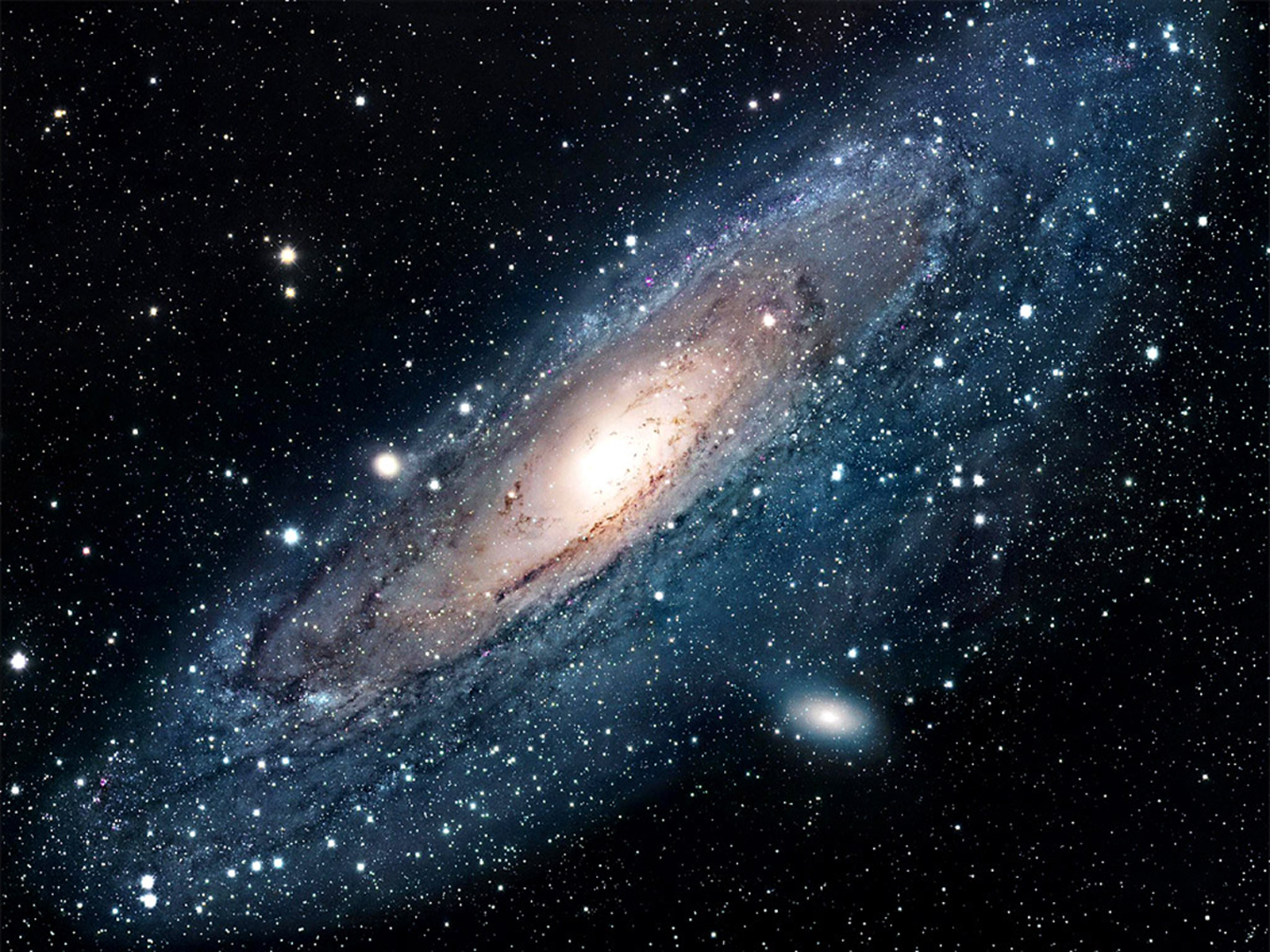Is Blowing up an Asteroid With a Bomb Really a Good Idea?
Recently, in a rather shocking announcement, Russian scientists announced they plan to shoot down space rocks. Or to be more literal, they want to blow up asteroids using Cold War-era missiles.
According to Russian state-owned news agency TASS, scientists want to retrofit intercontinental ballistic missiles (ICBM) to target asteroids ranging in size from 20 to 50 meters that are at a dangerous proximity to Earth. The goal would be to deflect the space rocks, or destroy them, so that they cannot cause damage to our planet or its cities.


 The acronym “NASA”
The acronym “NASA” 
 The universe is vast as it is beautiful. Every day the human race pushes further into that black unknown, we come closer to understanding more about the universe. Each discovery is new and powerful, transcending our wildest imaginings, and reminds us just how small we are. Recently, a discovery made by the Hubble Space Telescope revealed another event that had never been witnessed before by human eyes.
The universe is vast as it is beautiful. Every day the human race pushes further into that black unknown, we come closer to understanding more about the universe. Each discovery is new and powerful, transcending our wildest imaginings, and reminds us just how small we are. Recently, a discovery made by the Hubble Space Telescope revealed another event that had never been witnessed before by human eyes. Humans have studied and explored our universe for thousands of years. We have learned a great deal about our planet and the universe as a whole from these studies, but there is still so much more to discover. That is what makes Astronomy such a fun and interesting field of study. It seems as though each week there is a new breakthrough, discovery, or change of belief related to space. What we have learned so far is certainly amazing as it is interesting, beautiful, and sometimes pretty strange. Here are 10 astronomy facts that show how astounding our universe truly is.
Humans have studied and explored our universe for thousands of years. We have learned a great deal about our planet and the universe as a whole from these studies, but there is still so much more to discover. That is what makes Astronomy such a fun and interesting field of study. It seems as though each week there is a new breakthrough, discovery, or change of belief related to space. What we have learned so far is certainly amazing as it is interesting, beautiful, and sometimes pretty strange. Here are 10 astronomy facts that show how astounding our universe truly is.